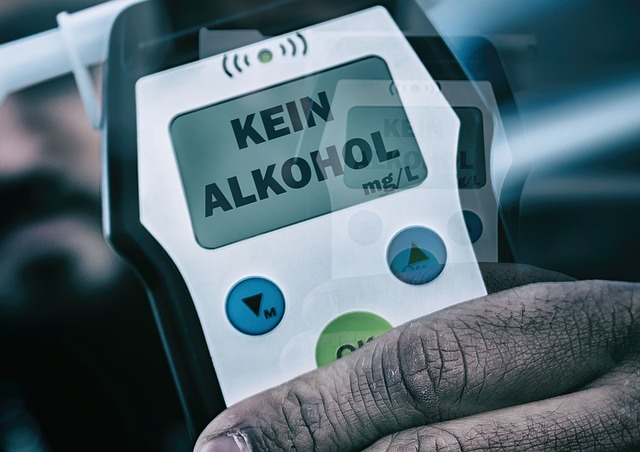BAL (Breath Alcohol Testing) is a vital tool in DUI defense for commercial drivers, measuring BAC through breath samples using precise infrared or sensor technology. Achieving accurate BAL results under strict standards is critical to protect CDL holders from severe DUI penalties and requires well-maintained equipment, trained personnel, and adherence to specific testing guidelines to ensure fair legal proceedings.
In the realm of commercial driving, maintaining accuracy in Balance (BAL) testing is paramount for ensuring safety on our roads. This article delves into the science behind BAL testing and explores strategies to safeguard against potential errors, particularly for those facing DUI defense charges. Understanding the nuances of this critical process is essential for commercial drivers seeking a fair outcome in legal battles involving alcohol or drug impairment tests. With accurate results, peace of mind becomes a reality.
Understanding BAL Testing: The Science Behind It

BAL testing, or Breath Alcohol Testing, is a critical procedure in the context of DUI (Driving Under the Influence) defense for commercial drivers. This scientific process measures an individual’s blood alcohol concentration (BAC) by analyzing the breath. The technology behind BAL testing involves specialized devices that detect and quantify ethanol molecules present in a person’s exhalation. These devices use infrared or other advanced sensors to ensure accurate readings, playing a pivotal role in legal proceedings related to DUI charges.
The science behind BAL testing is intricate yet precise. When an individual consumes alcohol, it is metabolized by the liver, producing ethanol, which subsequently enters the bloodstream. This ethanol is then expelled through natural bodily functions, including breathing. By collecting and analyzing a breath sample, BAL devices provide a non-invasive method to estimate BAC levels, offering invaluable evidence in legal battles where DUI defense strategies are developed.
Ensuring Accurate Results: Strategies for DUI Defense in Commercial Drivers

In the context of Commercial Driver’s License (CDL) holders, ensuring accurate results in BAL (Breath Alcohol Level) testing is paramount for several reasons, including legal defense strategies for DUI (Driving Under the Influence). Given the severe penalties associated with DUI convictions, especially for professionals operating heavy machinery, maintaining rigorous standards in testing procedures becomes critical. One key strategy for DUI defense in this sector involves meticulous attention to the testing process itself. Accurate results hinge on using calibrated equipment, properly maintained instruments, and well-trained personnel to minimize potential sources of error.
Furthermore, understanding the specific guidelines and protocols unique to CDL testing is essential. This includes adhering to recommended testing methods, ensuring proper chain-of-custody procedures for sample handling, and documenting each step meticulously. By employing these strategies, legal representatives can challenge any discrepancies in BAL test results, thereby providing robust defense mechanisms for their clients facing DUI allegations. Ultimately, the goal is to safeguard the rights of CDL holders while upholding the integrity of transportation safety standards.
BAL (Breath Alcohol) testing is a critical component of DUI defense for commercial drivers. Ensuring accurate results through understanding the science behind it and implementing effective strategies is paramount. By leveraging advanced techniques and staying informed about regulatory updates, legal professionals can navigate these tests’ complexities to protect their clients’ rights, ensuring fairness and accuracy in the face of potential charges.






